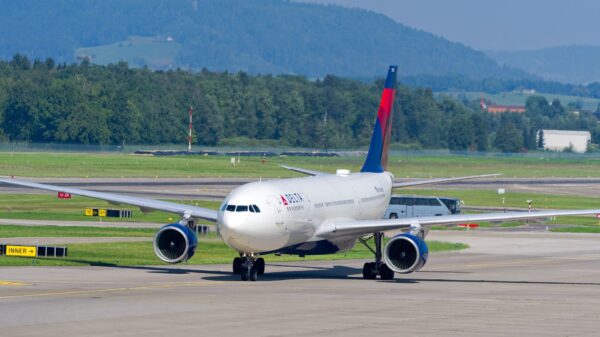Crude oil prices have shown resilience in the face of an unexpected supply increase from the Organization of the Petroleum Exporting Countries and its allies, known collectively as OPEC+. On Monday, OPEC+ announced plans to raise its output by more than half a million barrels per day starting next month. In response, Brent crude oil prices, which were around $68 per barrel, surged to over $70 later in the week before settling with a modest gain.
Market analysts anticipated that this supply boost would lead to a decline in oil prices; however, the opposite occurred, highlighting a disconnect between market expectations and actual supply-demand dynamics. During a seminar in Vienna, Suhail al Mazrouei, the energy minister of the United Arab Emirates, noted, “You can see that even with the increase in several months, we haven’t seen a major buildup in the inventories, which means the market needed those barrels,” as reported by Bloomberg.
Supply and Demand Dynamics
The International Energy Agency (IEA) corroborated these observations, stating in its June report that while non-OECD crude oil inventories have increased, OECD inventories are 97 million barrels below levels from the same period last year. This decline has contributed to a decrease in total global inventories. The current demand for oil is particularly pronounced in the northern hemisphere, where the peak season has raised concerns of potential fuel shortages.
Particularly troubling is the looming risk of a diesel shortage, a situation exacerbated not by crude oil prices but by low refining margins. Analysts have pointed out that refiners began the year with insufficient diesel reserves due to previous cutbacks in production rates. James Noel-Beswick, an analyst at Sparta Commodities, explained that increased demand, driven by a colder winter, has left the market struggling to catch up. Dennis Kissler, senior vice president of trading at BOK Financial, added that once inventories begin to recover, it is likely that prices will rise.
Future Market Outlook
Despite the current tightness in the oil market, some analysts express caution regarding future supply conditions. Notably, many commodity experts remain skeptical about the potential for an oversupply later in the year. ING commodity analysts recently revised their outlook, predicting a significant surplus may emerge in the fourth quarter, which could exert downward pressure on prices.
OPEC has also adjusted its demand forecasts, lowering its 2026 projection to 106.3 million barrels per day from a prior estimate of 108 million barrels per day due to slowing growth in Chinese demand. This reduction underscores the concerns raised by various analysts about the sustainability of demand levels.
As the peak demand season approaches its conclusion, the balance between supply and demand is expected to shift, coinciding with the end of OPEC+ production cuts. Bob McNally from the Rapidan Energy Group remarked, “Right now, if you look out the window, the market is pretty tight,” indicating that the current state of the market may not reflect the anticipated oversupply.
In summary, while OPEC+ is increasing its output, market conditions remain tight, underscoring the complexity of the global oil landscape. The interplay between supply increases, demand fluctuations, and geopolitical factors continues to shape the oil market’s trajectory.








































































